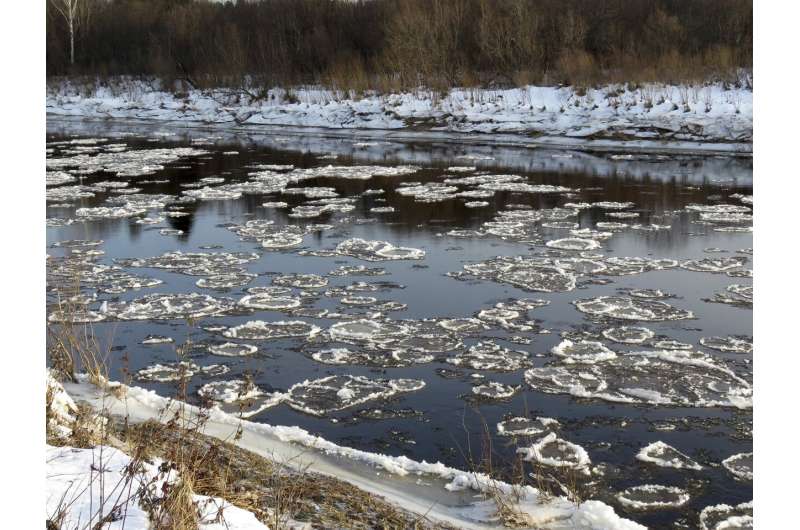This article has been reviewed according to Science X's editorial process and policies. Editors have highlighted the following attributes while ensuring the content's credibility:
fact-checked
trusted source
proofread
Aquatic animals can help purify our wastewater, says researcher

Aquatic creatures may help purify our wastewater. A team of researchers has investigated how invertebrates, such as worms, non-biting midge larvae and mussels that live on the bottom of streams and ditches, may benefit wastewater treatment plants. These creatures can degrade sludge, reduce greenhouse gas emissions, and remove excess nutrients from the water together with floating plant species.
Wastewater, for example, from households, is purified in wastewater treatment plants, after which it is returned to surface water and rivers. However, a considerable amount of excess sludge is produced during purification, posing a challenge for wastewater treatment plants, as processing sludge is very expensive. But sludge is largely made up of organic material that aquatic invertebrates can feed on. Tom van der Meer studied how these creatures can break down this excess sludge as part of his Ph.D. research in the Aquafarm project.
Collaboration accelerates degradation
Van der Meer is a researcher at Wageningen Environmental Research, one of the partners in the Aquafarm project, which aims to develop a new method of purifying wastewater.
"We analyzed how fast various species of aquatic animals can consume excess sludge," he explains. "The non-biting midge larvae proved to be the winning invertebrates in the 'sludge-eating contest.' Sludge containing these larvae degraded up to five times faster than sludge in which they were absent. Not only did we notice this effect in sludge from different wastewater treatment plants, we also saw that sludge degraded even better when different species were added." Moreover, the burrowing adds sufficient oxygen to the sludge, preventing the formation of the powerful greenhouse gas methane.
Extracting nutrients from water
The water quality in all EU member states must be improved by 2027 to meet the Water Framework Directive. This directive stipulates that the levels of nutrients such as nitrogen and phosphorus in surface water are to be reduced because these nutrients negatively impact sensitive animal and plant species. High levels of nutrients may also stimulate the growth of cyanobacteria, with adverse effects on both humans and the environment.
However, many such substances remain in the wastewater even after purification, which means they are discharged in rivers and creeks. Van der Meer observes, "Here, too, flora and fauna can offer a solution. A combination of algae and mussels can remove almost all nutrients from the water. Moreover, we tested floating plants such as duckweed ferns as part of the Aquafarm project, with excellent results."
Further development by water authorities
Two Dutch water authorities will develop a pilot treatment facility based on the findings, capable of purifying some 75 cubic meters of wastewater per day.
Van der Meer concludes, "Thus, we can improve the purification of wastewater by natural means, which may be more cost-efficient as well as contributing to improving water quality in Dutch nature. Perhaps all of the sewage plants will use this nature-based solution a decade from now."
Provided by Wageningen University


















